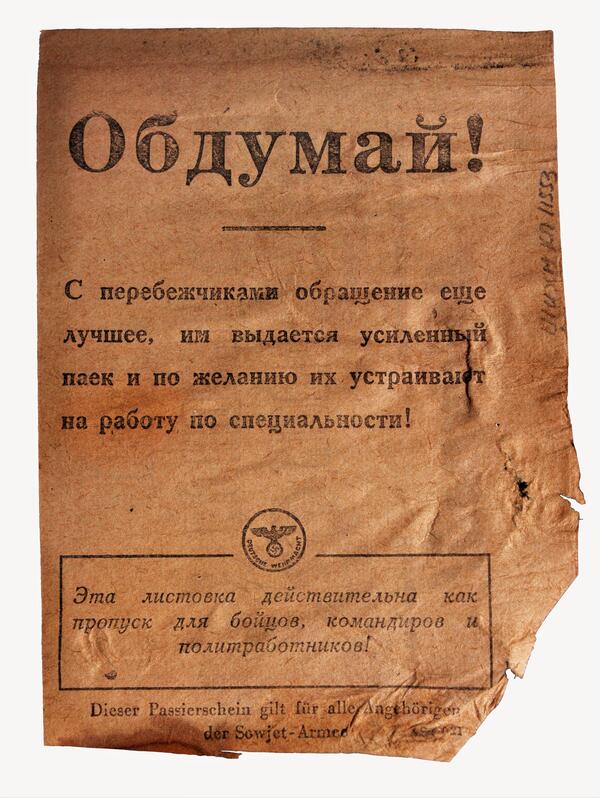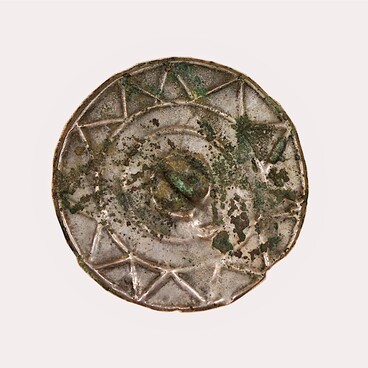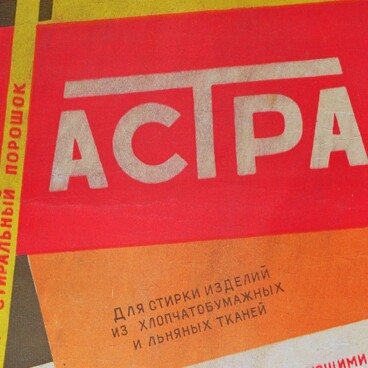As a rule, the leaflets were black and white, printed on plain newsprint, with text on one side and a picture or a photograph on the other. Occasionally, there were leaflets with an additional inscription in red — it emphasized a picture or a political slogan.
The leaflet was part of the propaganda; it was how public opinion of the situation was formed. For example, they presented the war with the Soviet Union as a liberation mission of the German people’s army and the struggle against the cruelty of the Bolsheviks. Dekulakization, mass repression and famine, forced collectivization, religious persecution — all these topics were used in the German leaflets.
Another popular topic for leaflets was antisemitism. One of the most famous German slogans during the war was “Beat the kike political instructor — his face asks for a brick”. German propaganda sought to convince Soviet citizens that the war had been initiated by the Jews who had seized power in Russia.
Toward the end of the war, the idea that the German army was invincible and it was useless to resist gradually disappeared from German leaflets. Instead, they referred to the hardships of army life, cold, malnutrition, cruelty of commanders, fear of being killed, fatigue, and lack of sleep. Germany urged Soviet soldiers to surrender and promised them good conditions: warmth, rest, food and, most importantly, life.
No one trusted German propaganda anymore. Especially in light of how brutally German soldiers treated prisoners of war. After the USSR turned the tide of the war and the enemy battalions began to retreat, the propaganda leaflets lost their meaning.



